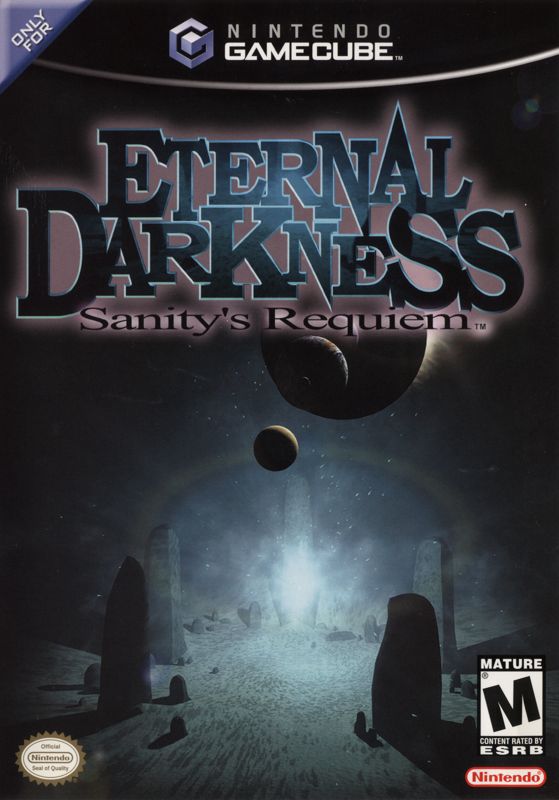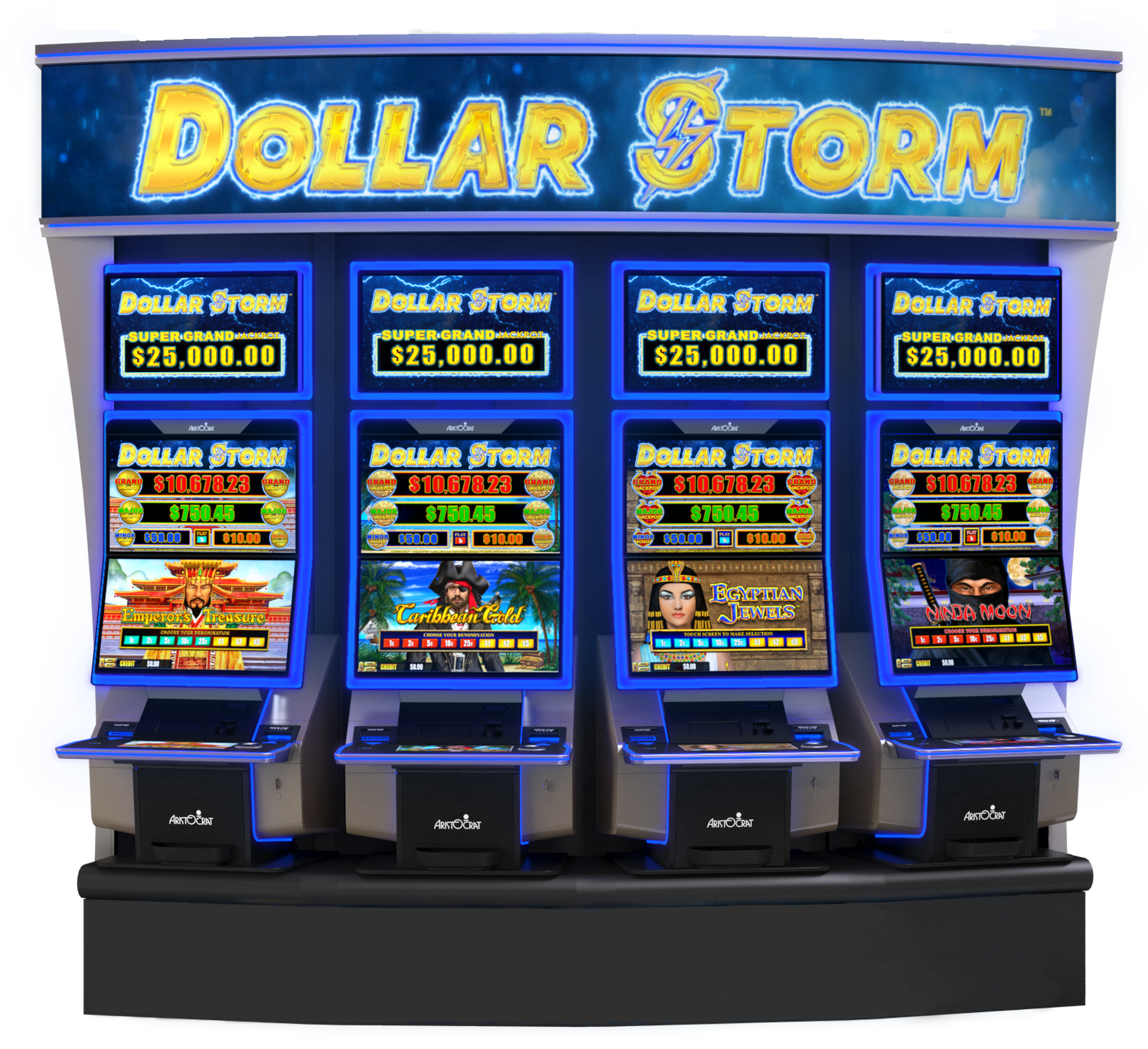First Slot Machine
There are at least two different accounts of the original invention of slot machines. One is that the first device was the Liberty Bell machine, invented by an American named Charles Fey in 1887.
It was relatively simple, featuring just three reels and five symbols: a Liberty Bell (hence the name) along with a horseshoe, a heart, a diamond, and a spade.
The very first slot machine was called the Liberty Bell and was invented by Charles August Frey. It was named as such because the highest payout available from the machine occured from matching three bell symbols. How do you pick a winning slot machine? There are no slot tricks to choosing a winning machine, as they are entirely luck based. 1895 – The First Slot. This was the year when the first true slot machine was invented by Charles Fey in California. It had only 3 reels, it had much simpler mechanism, a total of just five reel symbols and could give automatic payouts. The biggest win was ten nickels. It was named Liberty Bell and had much greater success than its predecessor. The first gambling machine which resembled the slots we know today was one developed by Messrs Sittman and Pitt in New York, which used the 52 cards on drum reels to make a sort of poker game. Around the same time the Liberty Bell machine was invented by a Charles Fey in San Francisco. 1895: Charles Fey Makes the Liberty Bell Car mechanic Charles Fey is widely regarded as the inventor of the first mechanical slot machine, although there is quite a bit discrepancy surrounding the year he made the first cast iron Liberty Bell. It was the first slot machine of its kind to feature an automatic payout feature. The slot machine was invented in 1895 by a man named Charles Fey in San Francisco, California. Fey had a background in mechanics, and his first slot machine, which he called the Liberty Bell, was indeed a brilliant mechanical system of reels and levers. The First Slot Machine.

The other version is that Fey didn’t develop his machine until later, in 1895, and that the first device was in fact inaugurated in 1891 by two men named Sittman and Pitt. This machine wasloosely based on poker, although there were only 50 cards used.
These 50 cards were featured on five spinning drums (10 on each), which would display a five-card poker hand on each spin. The better the hand displayed, the more a player could win.
There were some similarities and differences between these two devices. Both required a player to pull a lever to start the reels or drums spinning, and it was this aspect that led to slotmachines being known as one-armed bandits.
The basic principle of both was also the same in that players inserted a coin and won certain amounts based on the result of the spin.
One of the main differences between the two was that the Liberty Bell had a mechanism that automatically dispensed coins depending on the result of the spin, while the machine developed bySittman and Pitt did not.
There were many more possible combinations due to the five reels instead of three and the use of playing cards instead of just a few symbols.

It was perhaps this key difference that made the Liberty Bell the more popular of the two. Although both devices were produced in numbers and installed in bars, saloons, and other venues, it wasthe Liberty Bell that really started the slot machine boom.
Other companies soon began to manufacture their versions of these early devices, and the slots industry was well and truly established.
Everyone knows how a slot machine works. You put your money in, pull the lever and hope that the reels match up for the big payout. What you may not know is that the history of slot machines is fascinating and shows just where they’re headed in the future.
The Origin of Slot Machines
First Slot Machine Built
The term “slot machine” originally referred to standard vending machines when it was first coined back in the 1880s. The name comes from dropping a nickel into the coin slot to get the product you wanted.
By 1885, the first machines designed for gambling were created, but they bore little resemblance to what we call a slot machine today. These were novelty machines that featured things like toy horses racing around a small track, and patrons of bars and saloons would often bet nickels or tokens that could be redeemed for drinks and cigars.

In 1891 a Brooklyn establishment developed a machine that was closer to what we know today. This machine had five drums, and each drum had 10 different card faces on it, which made it a primitive slot poker machine. Like before, people would put nickels in and get drinks or cigars as prizes based on the hands they won. The 10 of spades and jack of hearts were not included on most machines, which made it harder for people to get a royal flush. A big problem, however, was that automatic payouts were impossible due to a large amount of winning combinations.
History of Slot Machines at the Turn of the 1900s
Finally, in 1894-5, a Bavarian-born San Franciscan named Charles Fey created the “Liberty Bell”, the first true slot machine. This used three spinning reels with five symbols on each. These symbols were the eponymous bells, hearts, spades, diamonds, and horseshoes. The simpler and smaller method allowed automatic payouts of actual cash, and three bells produced the biggest payout of 50 cents. Over 100 of these machines were made, but only four survive today due to the 1906 earthquake and subsequent fire.
Competitors quickly refined the original design. By 1909, they were finding ways to circumvent the bans on slot machines that were being imposed by many states and cities. The card suits were replaced with the now-ubiquitous fruits, and anyone who got three like fruits would win some chewing gum of that flavor.
Most of these early “chewing gum dispensers” didn’t have slots for nickels, and the financial transactions were done over the bar itself. They did, in time, have slots for ejecting chewing gum. The “bar” symbol was developed in 1910, and it was originally a variation on the logo of the Bell-Fruit Gum Company. In 1916, the first true jackpot originated when the Mills Novelty Company developed a way to regurgitate all the machine’s coins with certain reel combinations.
First Slot Machine Ig
By 1920, however, many states caught on, and even these machines were banned. In 1931, gambling was legalized in Nevada, and slot machines quickly became a top method of making money. By 1951, Nevada was the only state that had legal slot machines, but other states and other countries started having changes of heart because of the amount of money that could be made.
By 1963, the first fully electromechanical slot machine, “Money Honey”, had been invented. This allowed things such as bottomless coin hoppers, automatic payouts of up to 500 coins, and 3- or 5-coin multipliers, allowing extra ways to play and win. In 1976, the first true all-video machines were created, where people could just press a button.
In 1986, the method of linking multiple machines of the same type was developed, allowing higher super jackpots linked to anyone playing on those machines. Improvements in computer technology and random number generation have led to the slots we love today.
Why Are Slots So Popular?
First, they’re designed to make the player seem like they have more control over the game. This is despite the fact that they actually have less control over how they fare than they would with anything else in a casino. There’s no dealer involved, no other players and no one standing by to remind you of what you have to do. There’s just you and the machine.
Second, they’re designed for people to have fun. Unlike card games, which involve a lot of pressure, psychology and personal skill to win, the only thing you have to do is pull the lever or press the button to enjoy the sounds and pictures. If you do manage to win a good amount, you are greeted with bright lights and virtual confetti on top of your winnings.
Third, they’re designed to bring out all of our ideas about luck. Since they are computerized to ensure a completely random outcome, we get to see if crossing our fingers or holding that rabbit’s foot actually means something.

What the Future Holds for Slot Machines
First Slot Machine Pic
The technology continues to evolve and adapt to new trends in gaming. Millennials are less likely to use slot machines than their elders because they prefer skill to sheer luck. To solve this problem, new skill-based machines are being developed.
As sports betting is expanding, another concept being reviewed is a combination betting machine that would allow players to bet on sports and slots at the same time. Voice controls are also on the horizon for many slot machine manufacturers, and so are machines that accept cryptocurrencies such as Bitcoin.